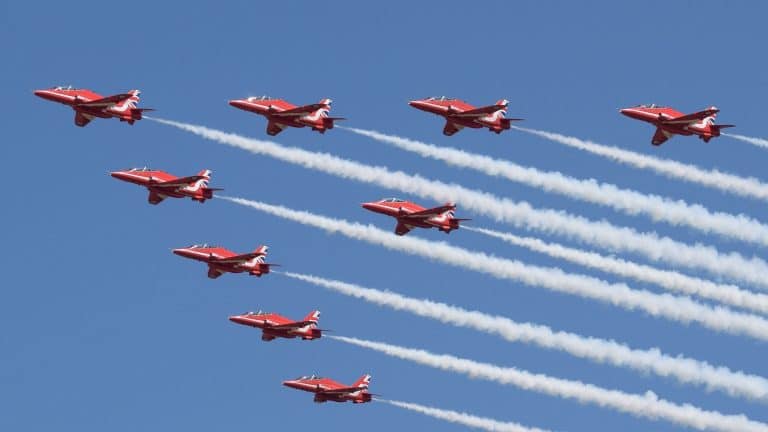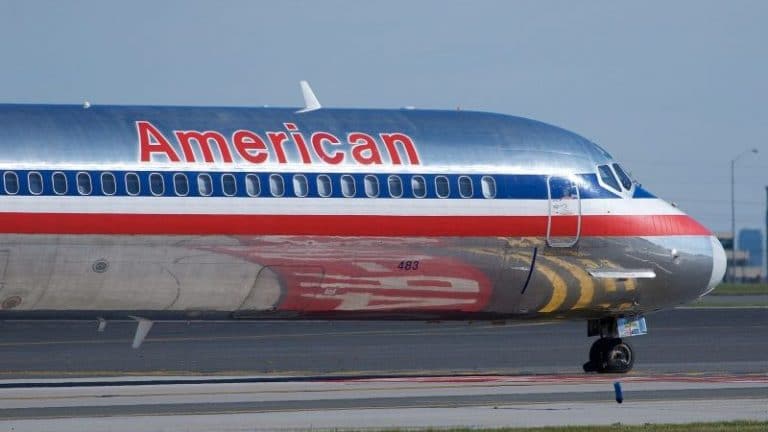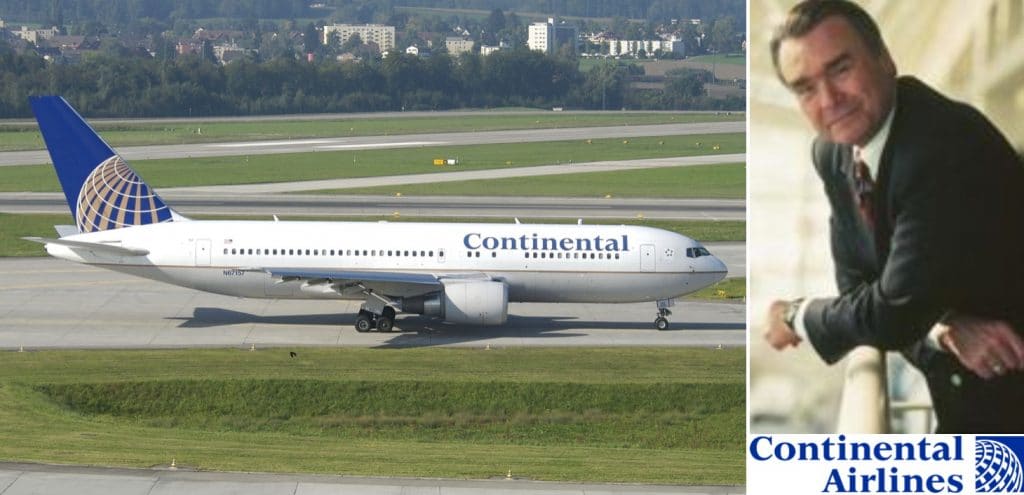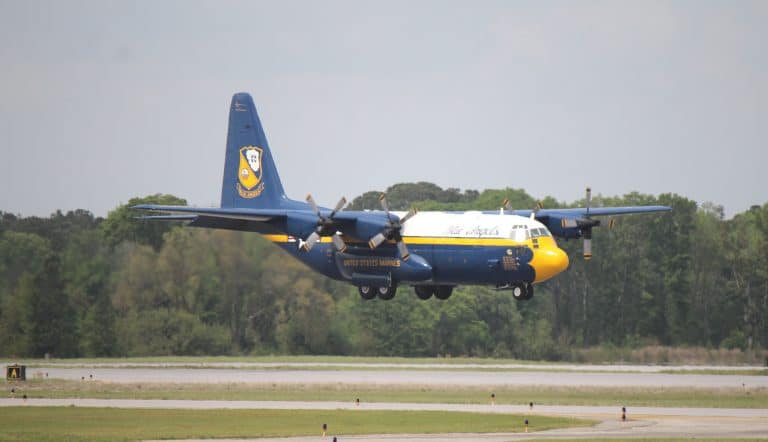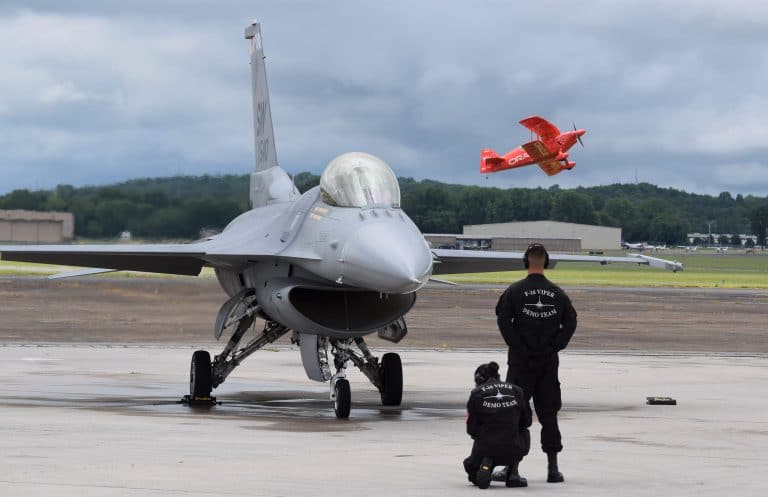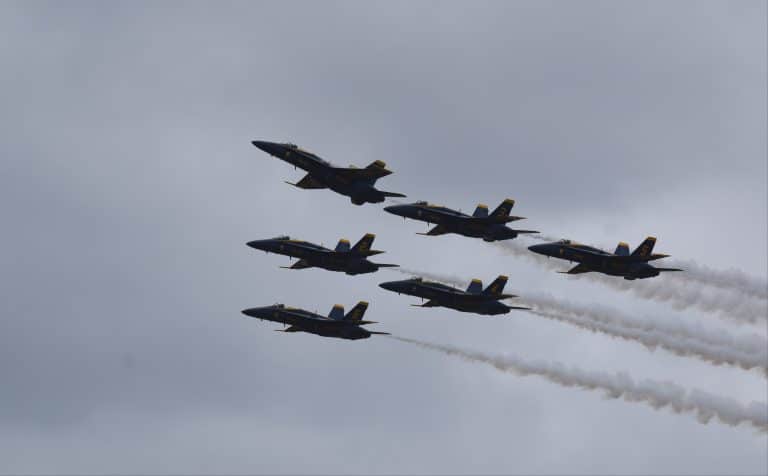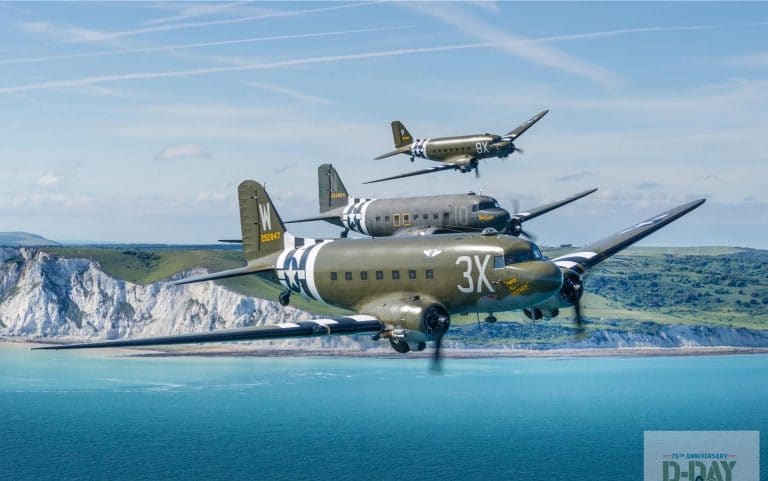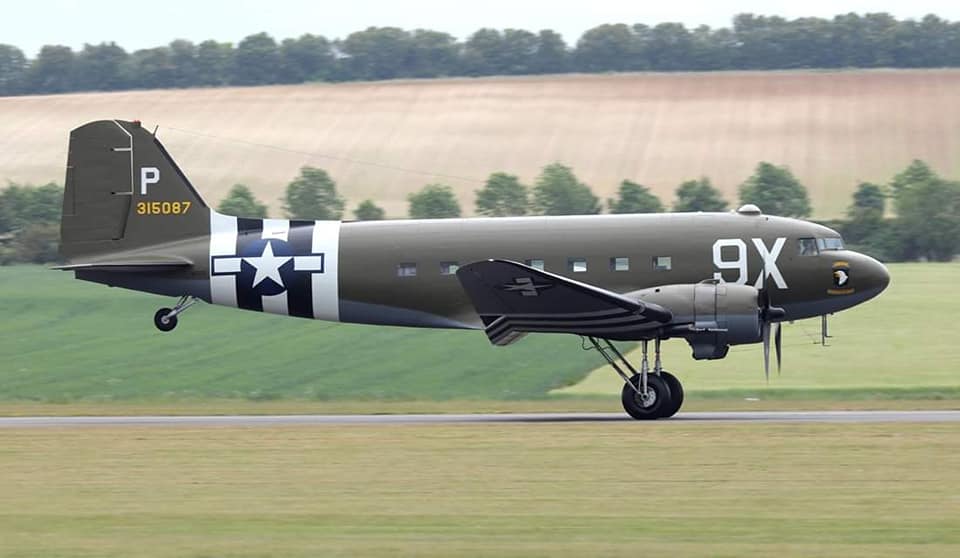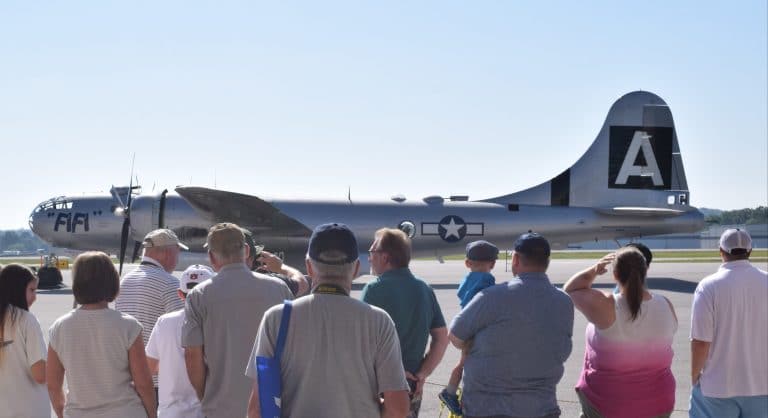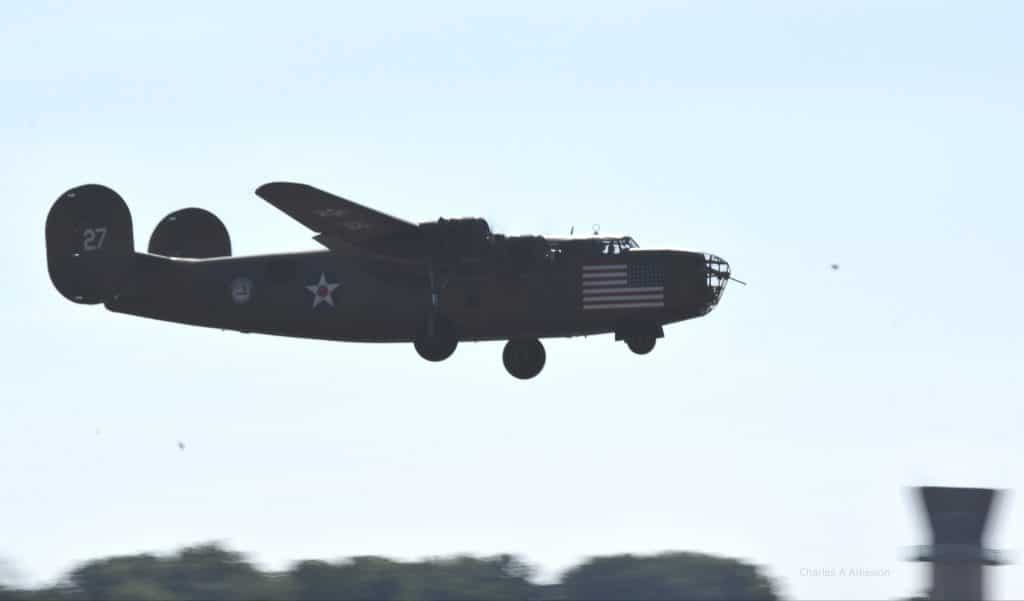NEW YORK, NY — The British are coming to America!
The red jets of England’s Royal Air Force Aerobatic Team are coming to North America in four weeks on a goodwill tour as they perform over several air show sites.
The nine-plane precision jet team known as the Red Arrows are scheduled to perform at eight air show sites in the United States and Canada. Their seven-week tour will see the squadron perform in their BAE Systems Hawk T1 aircraft.
The Red Arrows will begin their first tour of North America in 11 years with a stop at the Aero Gatineau-Ottawa Airport on August 13. Their single-day performance in Quebec will be the first of only four planned aerobatic demonstrations in Canada.
“This day promises to be very British and very exciting with the Red Arrows putting on a thrilling afternoon display along with performances by the fighter aircraft and trainers from Vintage Wings of Canada and stunning solo aerobatics by Rick Volker in his Sukhoi 26,” Aero Gatineau-Ottawa spokesperson John McKay said.

One day later, the Red Arrows will arrive in the United States to take part in the 61st annual Chicago Air and Water Show. They will perform with the Navy’s Blue Angels over North Avenue Beach on August 17 and 18.
“Extensive preparations are well underway to bring the Red Arrows to Chicago, where we aim to present a safe, memorable, and visually-exciting formation display to new audiences,” Andrew Keith, Wing Commander for the Red Arrows said on Tuesday. “The visit to the Chicago Air and Water Show will form a big part of the Red Arrows’ largest ever tour of North America, which underlines the long-standing partnership between the United Kingdom and the United States.”
The aerobatic team will travel to their third show top at Atlantic City, NJ for the Thunder over the Boardwalk. The one-day event on August 21 will see the British Air Force demonstration team fly with the U.S. Air Force demonstration team — the Thunderbirds.

The next day, the Red Arrows will hop over to Newburgh, NY for the New York Airshow at the Stewart International Airport. The weekend show will see the team perform with the GEICO Skytypers and rejoin with the Blue Angels.
“We’re excited that the RAF Red Arrows will be performing at the New York International Air Show,” Chris Dirato, Director of Public Relations, said on Tuesday. “They are considered one of the world’s premier aerobatic display teams, so we’re honored to be one of only a handful of air shows in the U.S. to host them. Our fans are already getting pumped up for their appearance.”
The squadron will travel to Toronto on August 26 to take part in the Canadian International Air Show Labor Day weekend. This show will mark the Red Arrow’s second and final Canadian visit.
The aerobatic team has scheduled stops in St. Louis, MO on Sept. 7 and 8, and Portland, OR on Sept. 20-22. Their final U.S. stop at Huntington Beach, Calif. maybe one of their largest shows for 2019.
The Great Pacific Airshow expects beach crowds of nearly 2 million for one of the largest air shows in California. Scheduled for October 6 and 7, the Red Arrows will perform with the Canadian Snowbirds, and several U.S. military demonstration teams.
“We hope thousands of people will get to enjoy our displays, which demonstrate teamwork, precision, and excellence – both in the air and on the ground,” Keith added.
(Charles A Atkeison reports on aerospace and technology. Follow his updates via social media @Military_Flight.)


